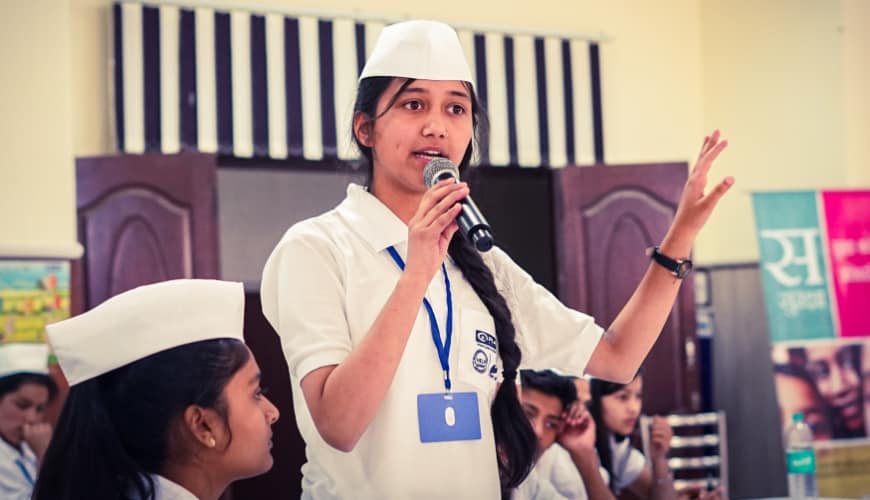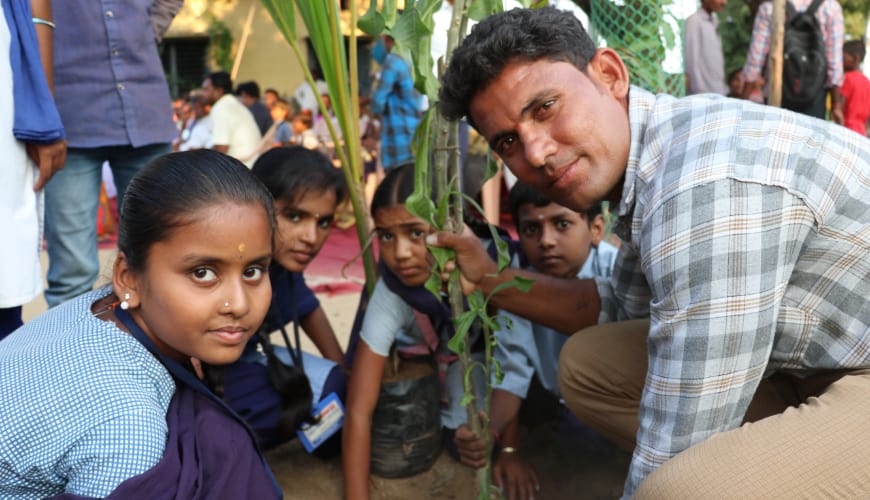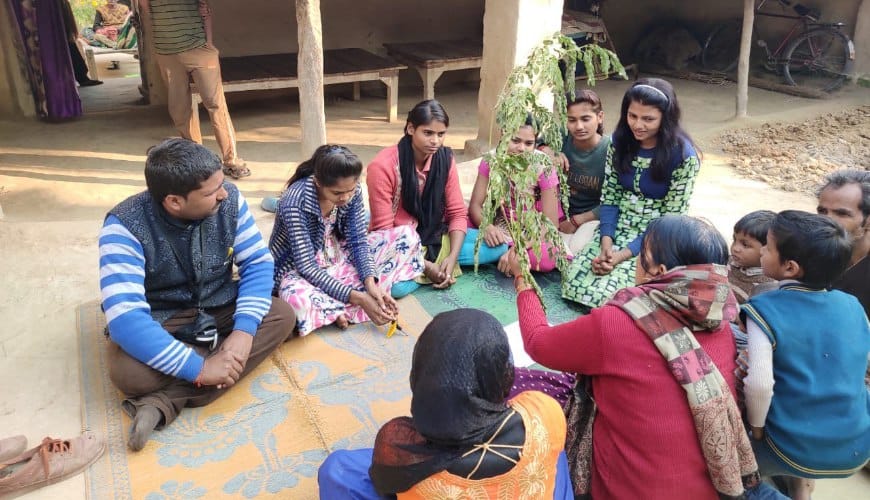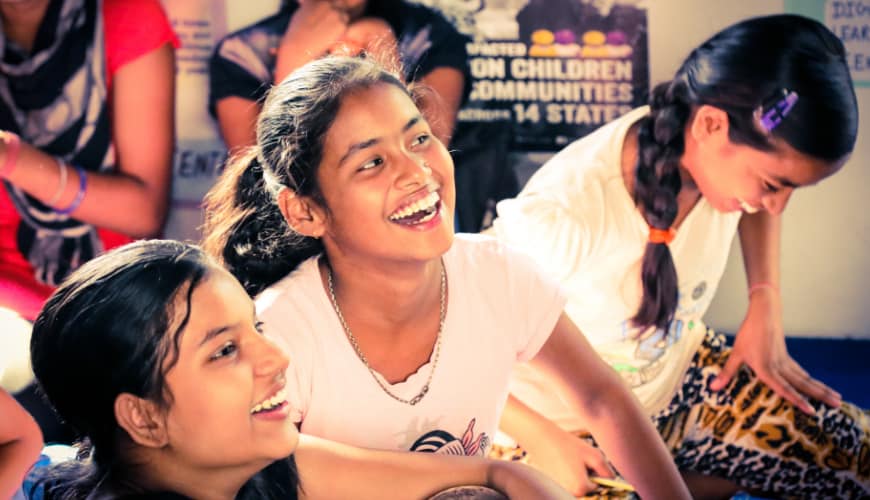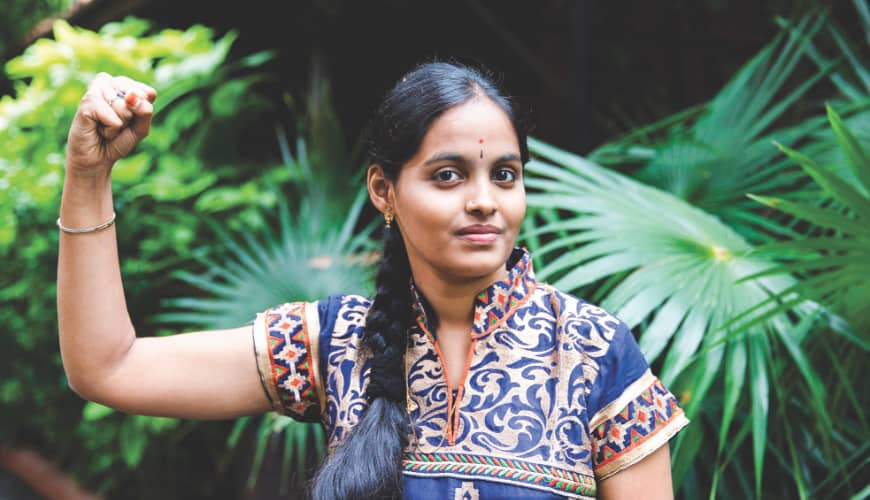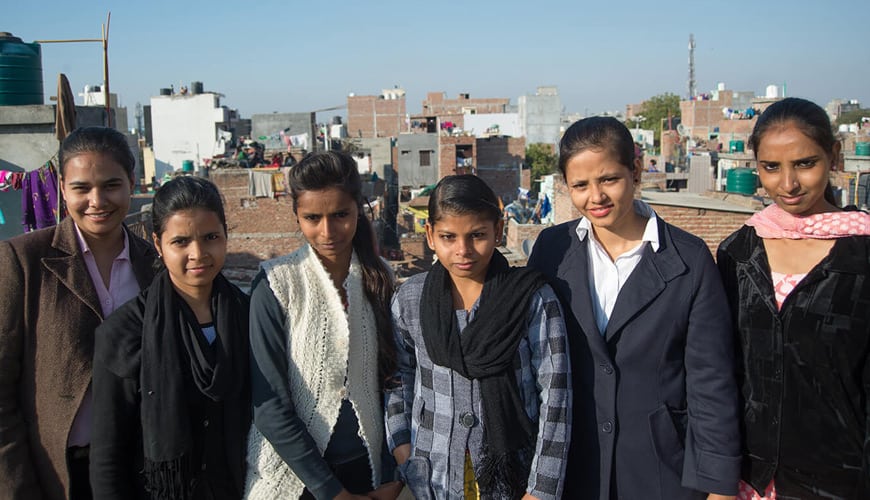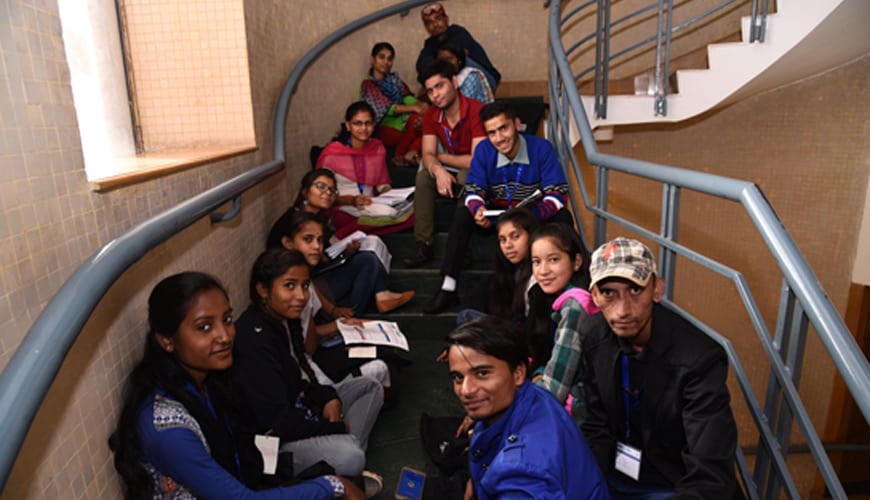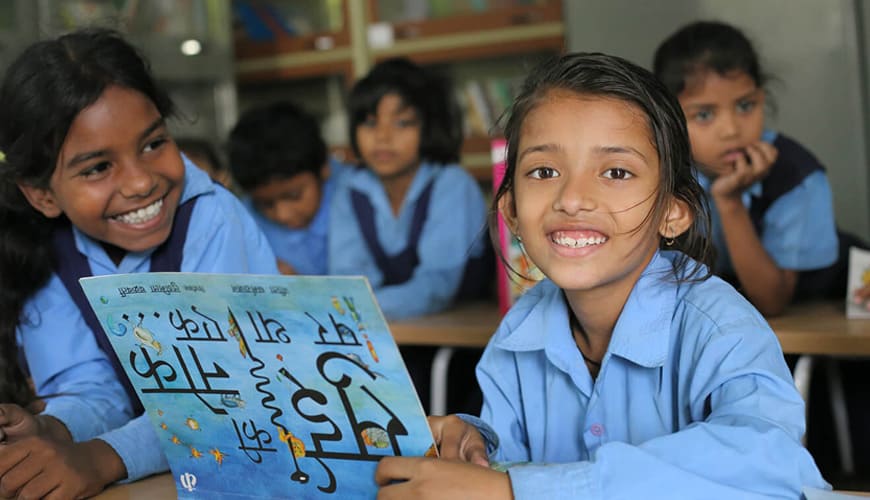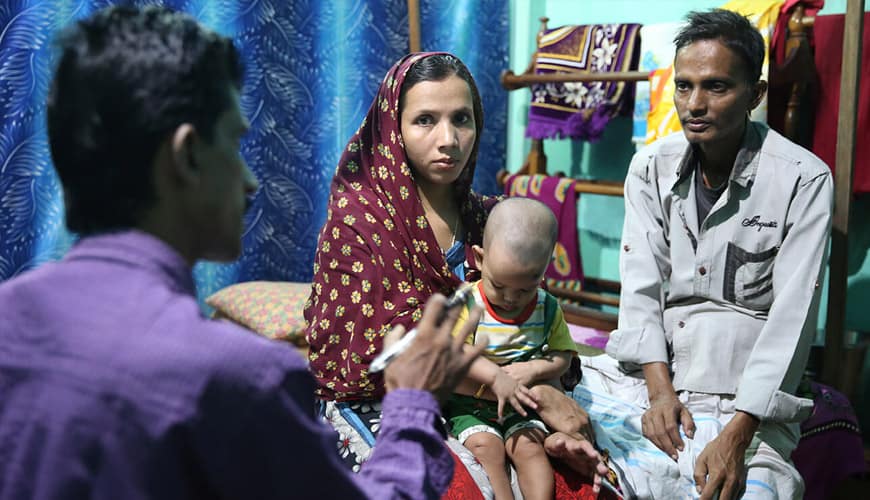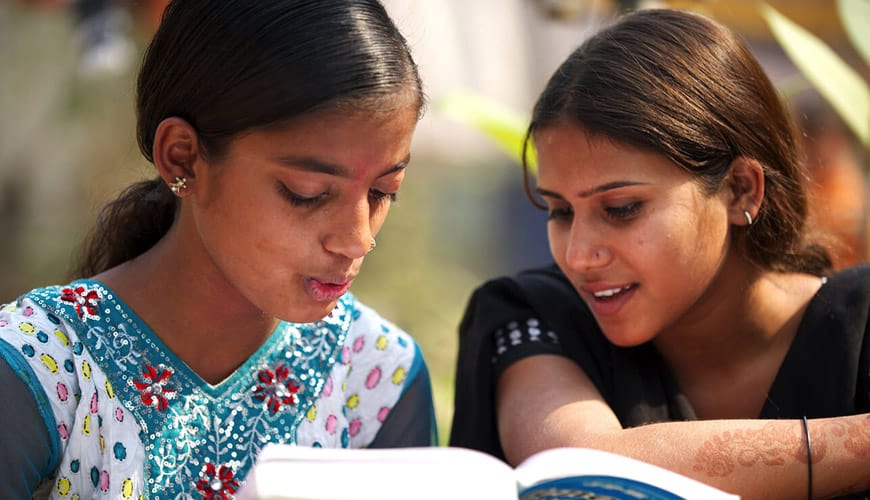Uttarakhand State Commission for Protection of Child Rights (SCPCR), is actively engaged with Bal Vidhansabha, we also receive patronage from the speaker of the State Assembly and support from various ministries & departments of Government of Uttarakhand. Run across 13 districts, many children have applied for membership to the Children’s Assembly since 2014.
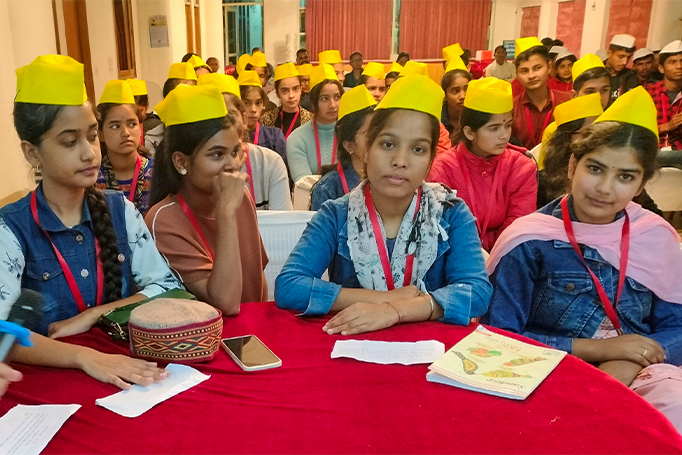
Bal Vidhayaks in action
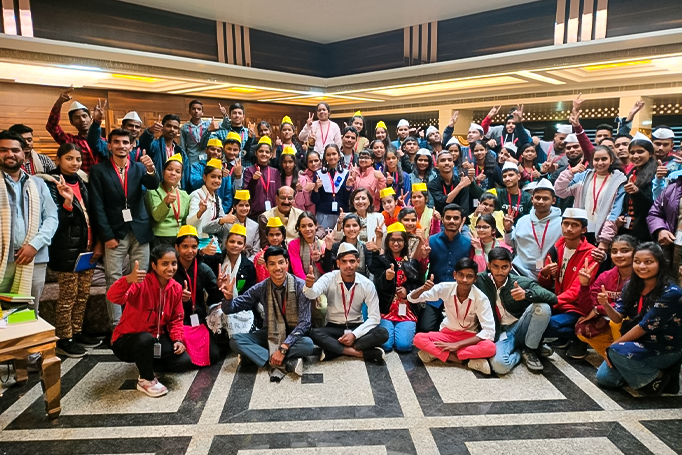
About 100 such resolutions have been submitted to the state government since inception which have contributed to government actions like strengthening the commitments of the Juvenile Justice Act at district level and development of WASH infrastructure in schools. Bal Vidhan Sabha is the only structured Children’s Assembly of its kind, that promotes equal opportunities and presents an avenue for participation and representation in the democratic process to young girls and boys.
To ensure transparency, open applications are requested through advertisements in newspapers. A thorough process led by a review committee selects 70 members, with almost equal representation of boys and girls. These selected Bal Vidhayaks conducts elections to elect their Chief Minister and other ministers, the leader of the opposition, and a speaker.
Bal Vidhansabha, 2022
This year 286 applications were received for the 4th Bal Vidhansabha. Through a robust selection process led by a Jury, 70 Bal Vidhayaks (37 girls and 33 boys) representing 70 constituencies of Uttarakhand have been elected. These elected Bal Vidhayaks adopted democratic process to elect their Chief Minister & Deputy Child Minister, the leader of the opposition & deputy leader of opposition, a speaker & deputy speaker and other 06 ministers.
In the 1st session of 4th Bal Vidhansabha, more than 20 issues have been raised by Bal Vidhayaks and the department head have answered the questions raised by Bal Vidhayaks.
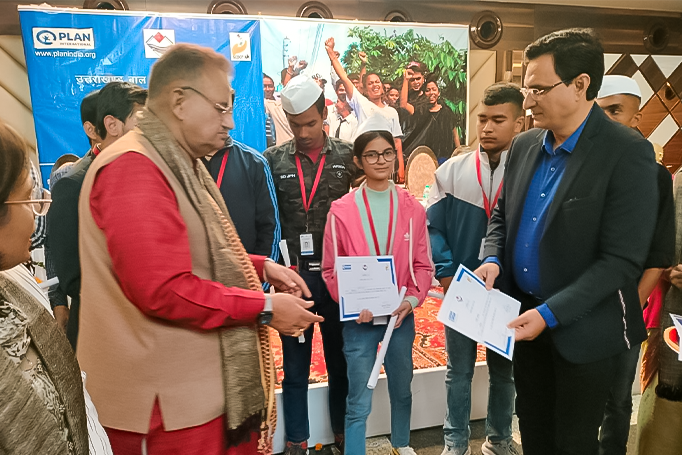
Key issues discussed in 1st session
- Inability of girls to complete their school education
- Quality of education, child labour
- Low enrolment of girls in math and science subjects at secondary level
- Lack of female teachers in secondary schools
- Reducing number of students in government schools and Anganwadi centers
- Child marriage
- Malnutrition
- Poor and inadequate WASH facilities in schools
- Inadequate sanitary napkins in schools
- Increasing cases of child abuse
- Exploitation and discrimination
- Low immunization
- Health-relatedted counseling
- Weak implementation of child protection programmes and schemes in some districts
- No childline in some districts






